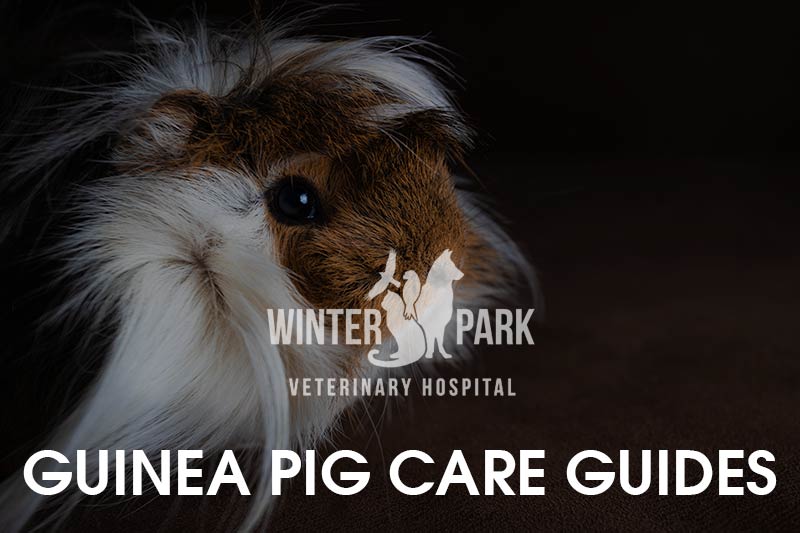Download Bearded Dragon Care Guide – PDF
Caging
Hatchlings and juveniles may be housed in 20-gallon aquariums or vivariums. Adult bearded dragons will require at least a 55-gallon aquarium or enclosure measuring 4’ by 2’ or larger. Bearded dragons may also be housed in outdoor enclosures, provided they are secure, protected from predators, and have areas to retreat from the weather.
The cage bottom or aquarium floor is best covered with newspaper or astro-turf. Do not use sand, pea gravel, shredded corncob, wood shavings, kitty litter or sawdust, as these can be ingested and lead to intestinal impactions. Also do not use moss as it retains moisture and can be the source for bacterial infections of the skin. Reptiles are also highly susceptible to poisoning from common cleaners, such as Lysol® and PineSol®. Chlorine bleach, diluted at the rate of 2 ounces of bleach to 1 gallon of water, is the recommended disinfectant. Rinse all surfaces well with water and let dry before allowing contact with the bearded dragon.
Part of your setup should also include an area that provides visual security, like a hide box, which is a place where the caged reptile can retreat for some privacy.
Feeding
— Juveniles: 50% insects (gut-loaded crickets, mealworms, beetle larvae, earthworms and waxworms) and 50% vegetables & fruits (chopped greens, melon, squash, carrots, berries, etc.)
— Adults: 30% insects and 70% fruits and vegetables.
Pelleted diets sold in stores may be convenient, but they may not be nutritionally balanced and are not recommended for more than occasional feeding.
Vitamin/Mineral Supplements
A calcium supplement should be offered every second to third feeding, and a multivitamin supplement once weekly. Powdered supplements can be lightly dusted on food items. Vitamins and minerals can also be provided by supplementing the insects fed to the bearded dragon, a process known as gut-loading.
Water/Humidity
Young hatchlings should be misted with water on a daily basis. Keep a fine mist directed on their heads as long as they keep lapping up the water. The vegetation in their diet also plays a large role in how they get water. Remember bearded dragons are desert lizards, so they do require a dry cage; therefore a water bowl is not needed. As long as you feed them moist vegetables and spray them, they will get enough water.
Heating
In order to properly thermo-regulate, bearded dragons need a temperature gradient that allows them to move from a cooler end of the tank to a warmer end. This temperature gradient should range between 74°F and 78°F at the cooler end and 90°F to 100°F at the warmer end. A heating lamp placed at one end of the cage can serve as the heat source. The use of hot rocks and heating pads is not recommended, because they can cause severe burns.
Lighting
Bearded dragons require full spectrum ultra-violet lighting that emits both UV-A and UV-B rays. The UV light needs to be changed every 6 months, since they begin to lose their effectiveness. An alternative is to allow the dragon to have at least 2 hours daily of exposure to natural sunlight.
Reference
de Vosjoli P, Mailloux R, Donoghue S, Klingenberg R, and Cole J. The Bearded Dragon Manual. Irvine, CA: BowTie Press, 2001.









